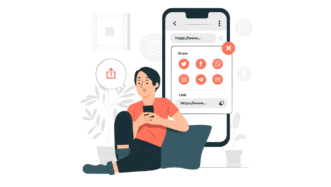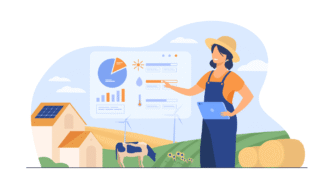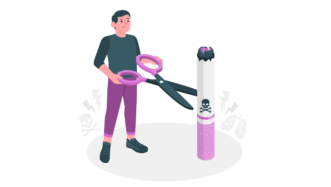LESSON OVERVIEW
The main objectives of this lesson about journalism are to:
- discuss different aspects of journalism and the news;
- practise vocabulary to talk about the topic;
- watch a short video about what journalism is today.
With this lesson about journalism, students discuss how they feel about the news and talk about news headlines, clickbait, and fake news from a critical perspective. Students also watch a video titled ‘How do journalists find news?’, work on vocabulary to talk about journalism (e.g. research topics, unlimited access, report on stories, etc.), discuss the challenges of journalism activities and read authentic stories about journalistic cases.
WARM-UP AND DISCUSSION
This lesson about journalism starts with a warm-up where students say which statement best describes how they feel about the news (e.g. I sometimes listen to, watch or read different news). After that, they discuss questions and share their interests in different news areas, their usual sources for news, and their experiences with understanding news in English. Then, students evaluate news headlines for interest, clickbait, and fake news. They also talk about their preferences and consider the impact and purpose of clickbait and fake news. Afterwards, students work in pairs and choose statements about opinions on fake news, clickbait, and changes in journalism they agree with most and explain why.
VIDEO AND VOCABULARY
At this point in this lesson about journalism, students watch a video and choose the best summary. Then, they complete sentences about journalism, watch the video again and check their answers. After that, they match sentence halves to create logical sentences and make phrases with the words from the previous activity (e.g. report on stories, find different sources, interview an eyewitness, etc.). Next, students choose three statements they find interesting and comment on them. In the following task, they choose activities (e.g. working as a sports journalist, working as a war correspondent, working as a clickbait creator, etc.), decide how challenging they are and explain their views using the target vocabulary from the lesson. Then, they read stories and discuss questions about journalistic investigations, uncovering truth, and ethical issues in journalism.
HOMEWORK/REVISION
This lesson plan also includes an additional task that you can use as homework or revision. In the task, students put words in the correct order to create questions and give short answers to them. The task is available in the teacher’s version of the worksheet. You can print it and hand it out to your students. It’s also included in the e-lesson plan.
Subscribe to unlock these and many other Standalone lesson lesson plans with the Unlimited planWORKSHEETS












Comments